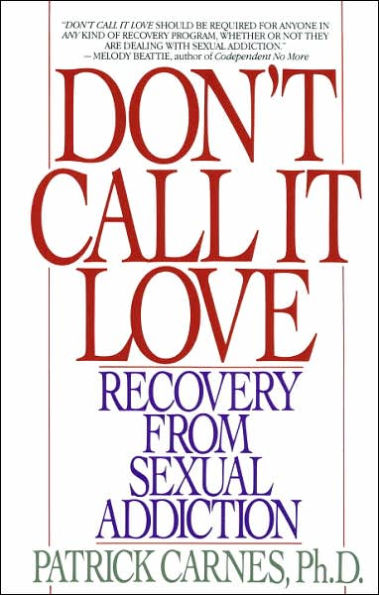"Dr. Patrick Carnes is a creative, pioneering, and courageous human being. His books are changing the lives of thousands!"
"I lost three marriages, all because of affairs." "I became suicidal because of multiple intense involvements."
"I spent money on sex when I needed it for children's clothes."
"I lost promotion opportunities and a special scholarship because my co-workers found out about my sex life."
Every day they face the possibility of destruction, risking their families, fiances, jobs, dignity, and health. They come from all walks of life: ministers, physicians, therapists, politicians, executives, blue-collar workers. Most were abused as children--sexually, physically or emotionally--and saw addictive behavior in their early lives. Most grapple with other addictions as well, but their fiercest battle is with the most astounding prevalent "secret" disorder in America: sexual addiction. Here is a ground-breaking work by the nation's leading professional expert on sexual addiction, based on the candid testimony of more than one thousand recovering sexual addicts in the first major scientific study of the disorder. This essential volume includes not only the revealing findings of Dr. Carne's research with recovering addicts but also advice from the addicts and co-addicts themselves as they work to overcome their compulsive behavior. Positive, hopeful, and practical, Don't Call It Love is a landmark book that helps us better understand all addictions, their causes, and the difficult path to recovery.



